How to become a real photographer: 7 lessons Henri Cartier-Bresson
Categories: Photo School
PictolicHenri Cartier-Bresson is one of the most famous photographers in history. He is the co-founder of the Magnum photo Agency, which brilliantly captures not just the events, but also the spirit of the twentieth century. The life of the photographer was filled with adventure and excitement, which is reflected in the essence of his work, so our favorite. The collection of his works and decorated in numerous printed albums-portfolio created with the participation of the author, and with the support of his friends.
How can we learn from the Maestro to better photography? Before you seven fundamental principles of the great Henri Cartier-Bresson.


1. Be in the thick of things
"The world shatters to pieces, and Adams and Weston are photographing rocks!" (Henri Cartier-Bresson).
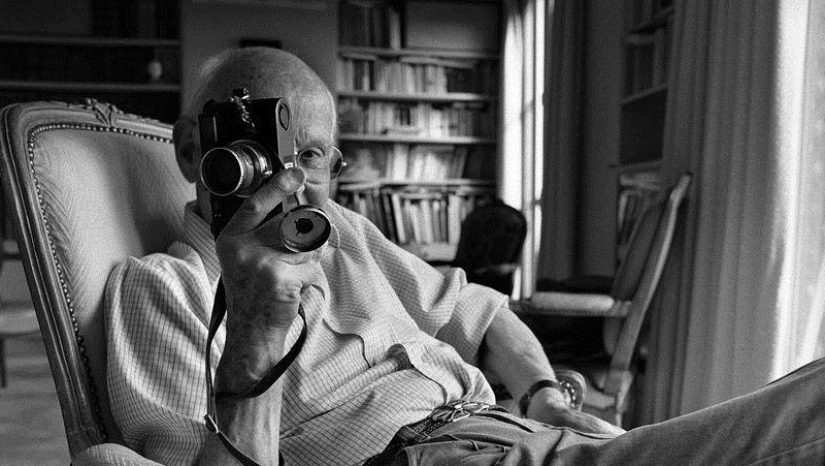
Washington, DC, USA, 1957 demonstration of the fighters for civil rights.
Almost immediately after Henri Cartier-Bresson discovered the photography in the 20‑ies of the last century, he set out to explore new places and be the center of important events. The curiosity of photographer and natural curiosity was for him a single concept.
Career Cartier-Bresson proves the importance for photographers never stagnate, but to follow their natural curiosity and avoid patterns.
2. Don't think about composition during shooting
"In photography, visual harmony can emerge only from a developed instinct" (Henri Cartier-Bresson).
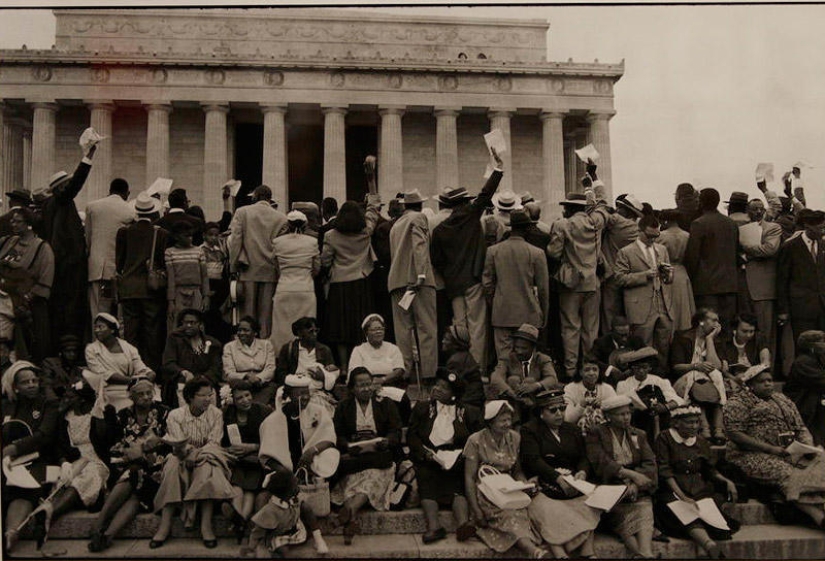
Leningrad, 1973, the Portrait of Lenin on the facade of the Winter Palace on the occasion of may 9.
Cartier-Bresson is known well organized compositions in which all the elements are perfectly balanced. And yet many of his photographs were taken spontaneously.
It is often said that working on an instinctive, almost subconscious level. Cartier-Bresson was able to capture the sudden moment of action and implement it in a harmonious composite photo.
The master was always paid special attention to composition, arguing that its principles have to learn constantly, but his approach reminds us that at the moment of shooting all the rules that a successful photographer must possess in perfection, in fact only help our own eyes: the Composition "should be the subject of our constant preoccupations, but at the time of shooting, we can feel it just intuitively".
3. Take inspiration from the work of others
"I have to say that this work lit a spark and inspired me to study photography and to see the world through the lens of my camera" (Henri Cartier-Bresson).
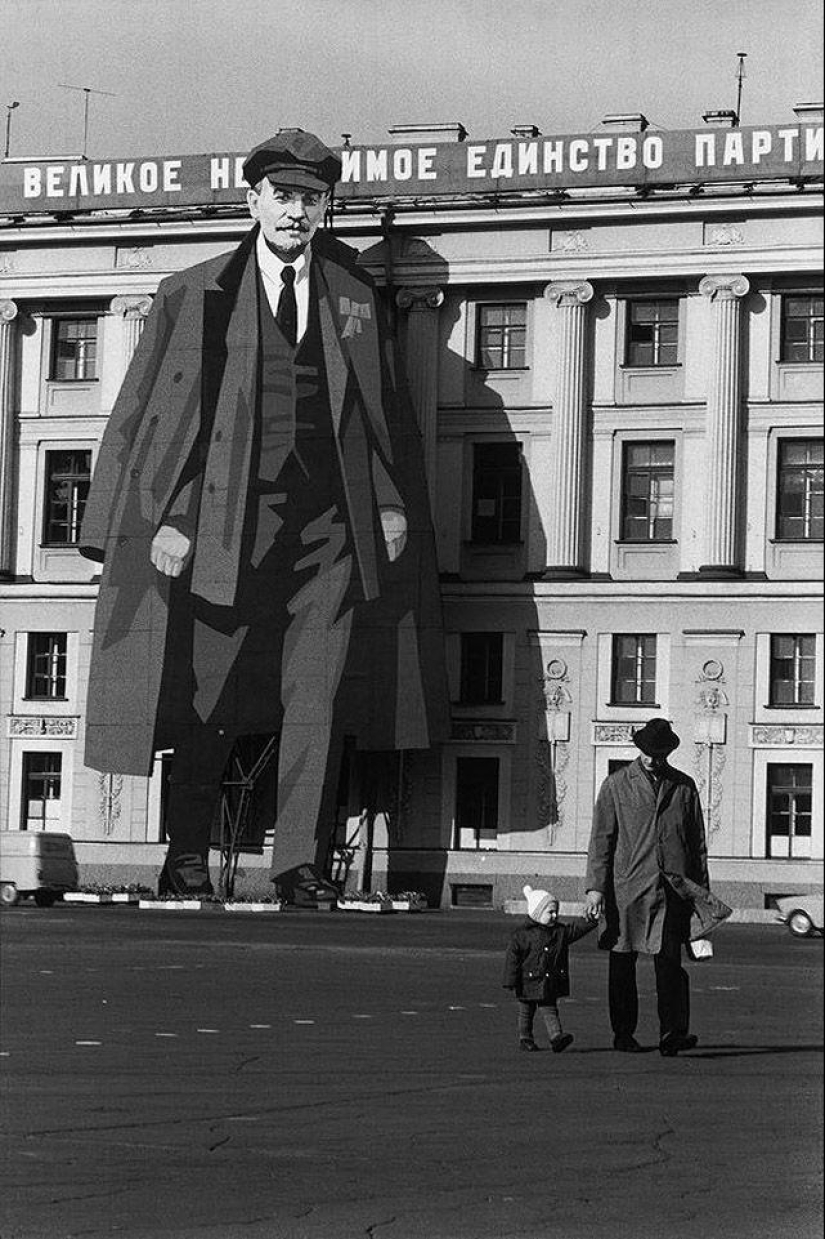
Boys running to the surf. Lake Tanganyika. 1930
For Henry, a man of decisive action and follow your instincts are enough attractive and striking work of another photographer to photograph became his life's work.
In 1931, he found a picture of Martin munkácsi (whose work had a great impact on Richard Avedon) where three energetic black girl thrown into the arms of the waves of lake Tanganyika. The combines a wonderful cheerfulness and strict composition which bribed Henri Cartier-Bresson and sent him on the path of photography.
4. Photo should carry the value before processing
"As soon as the shot on film, I am not interested in what happens next. In the end, the hunters don't cook" (Henri Cartier-Bresson).
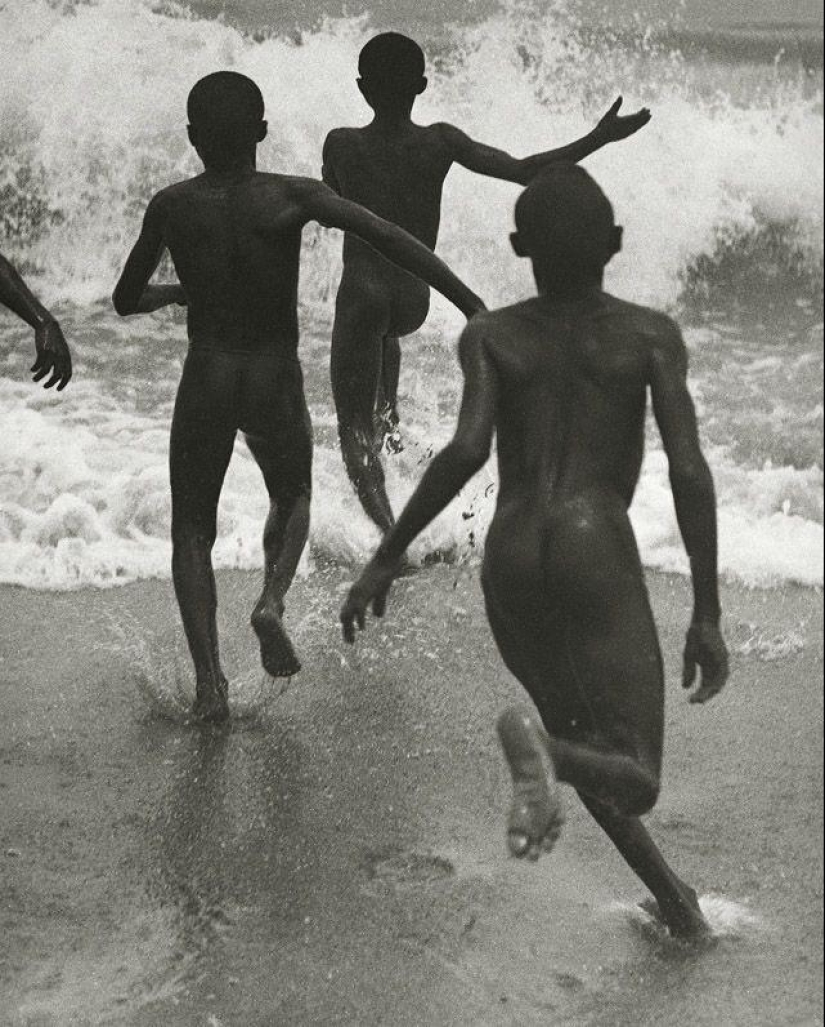
Of course, with the advent of digital photography has changed a lot. But the approach of Henri Cartier-Bresson to photographic perception, which, in the opinion of the master begins and ends with the shutter of the camera is still relevant today.
It is amazing that fotolaboratoriya works of Henri has never worked, and trust developing and printing your own photos colleagues, who in these matters fully trusted. It took only a snapshot in time of the shooting, the picture that he saw in the viewfinder of your camera. All subsequent manipulations for him was secondary.
As you know, Cartier-Bresson never cropped and not processed their images, they were valuable to him of its authenticity.
5. Important, not the camera but the photographer
"Photography has not changed since its inception, in addition to technical aspects, not having special value" (Henri Cartier-Bresson).
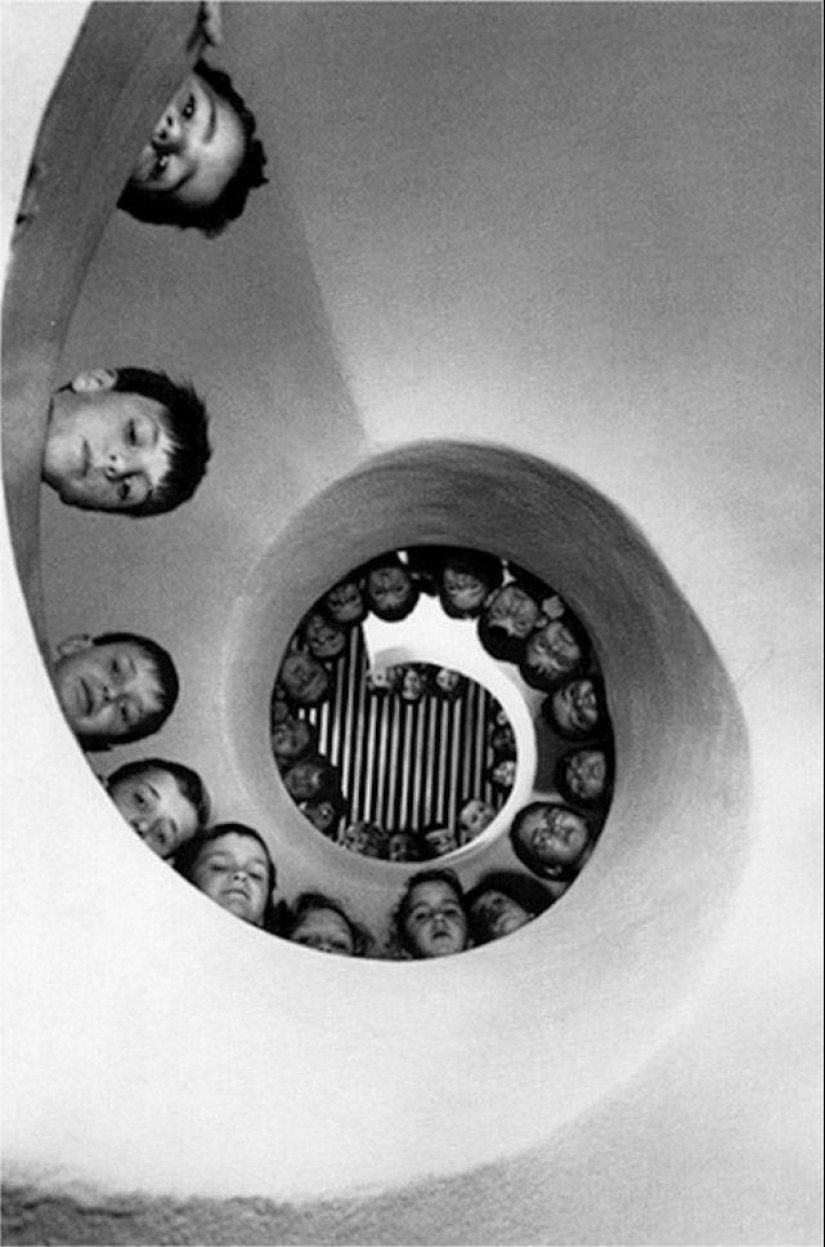
 Cartier-Bresson never hid the fact that all the wisdom of the photographic equipment is not particularly interest him. In 1932, he discovered the Leica 35 mm and used it throughout his fotogallery, almost always paired with a 50 mm lens. Simple and unobtrusive camera (photographer pasted glare of the camera dark duct tape) allowed him to be almost invisible to the future heroes photos.
Cartier-Bresson never hid the fact that all the wisdom of the photographic equipment is not particularly interest him. In 1932, he discovered the Leica 35 mm and used it throughout his fotogallery, almost always paired with a 50 mm lens. Simple and unobtrusive camera (photographer pasted glare of the camera dark duct tape) allowed him to be almost invisible to the future heroes photos.
"Life" much more worried about Cartier-Bresson than photography.
6. Don't miss the moment!
"Amazing the mix of emotions and geometry in a single moment" (Henri Cartier-Bresson).
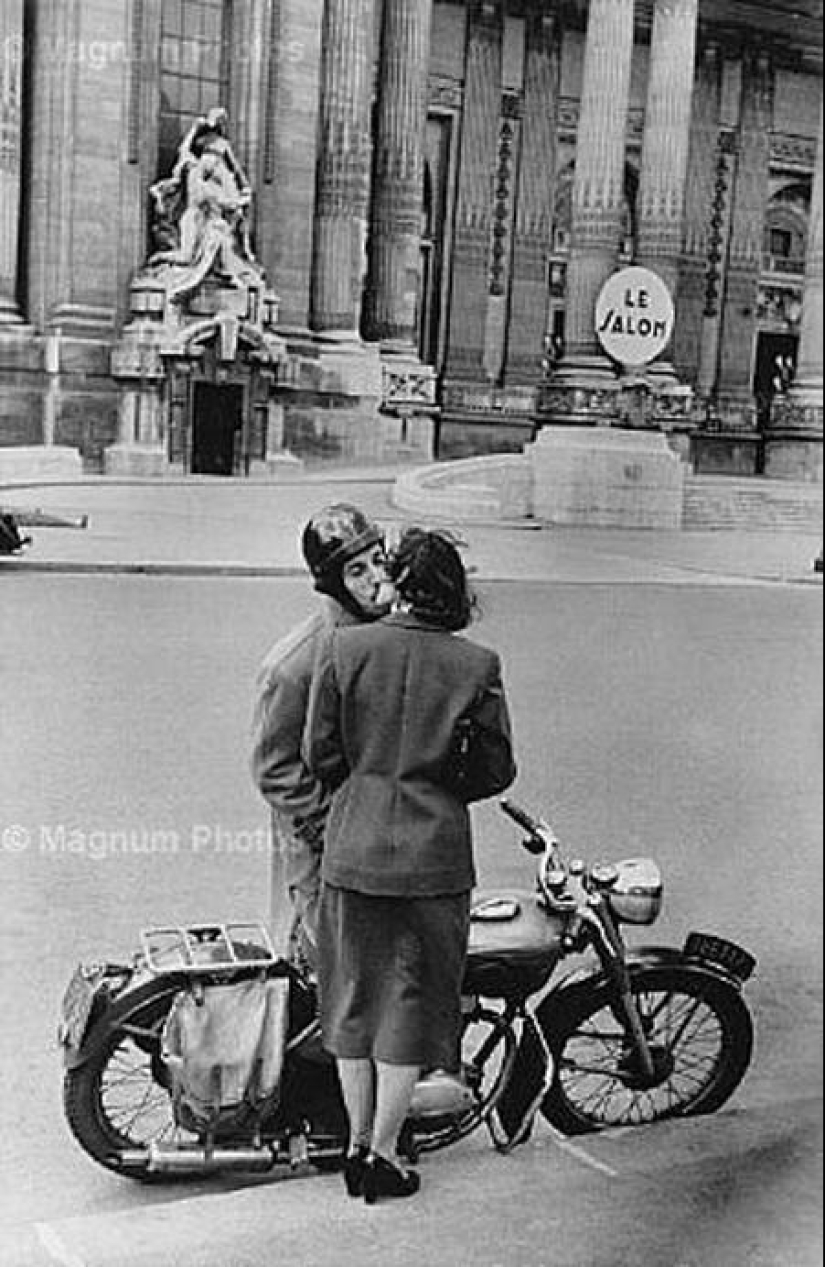
Cartier-Bresson sought to remove any scene at a time when the emotional peak of the plot became more harmonious compositional form. He called this pic "decisive moment", which meant "instant recognition, in a fraction of a second, of the significance of what is happening and at the same time precise organization of forms that give that event its corresponding expression".
The phrase "the decisive moment" first entered the lexicon of photographers after the publication in 1952 of the book Cartier-Bresson Images a la Sauvette.
He often compared his love of shooting with a love for photography. Held the Parallels are obvious: to wait patiently for the emergence of production or of the subject, aim through the rifle scope or the viewfinder, selecting the most appropriate moment for the shot. This metaphor suggests that Cartier-Bresson never let my guard down with a camera in his hands. His eyes were always in search of the next moment of emotion or humour that he could capture.
7. The story above all else
"Photography is nothing. I am interested in the life" (Henri Cartier-Bresson).
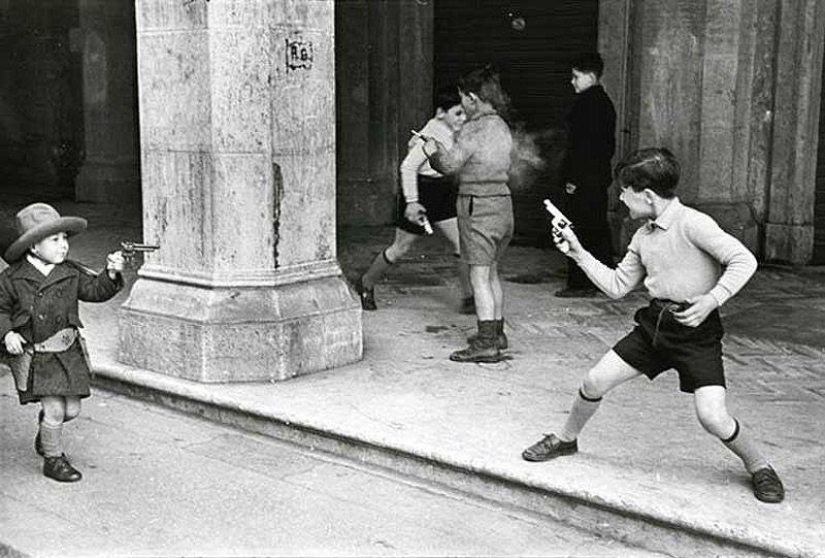
Children playing cowboys. Rome, Italy, 1951.
Attention Cartier-Bresson was 100% absorbed by the subject, which enabled him to capture so many amazing stories. Approach Cartier-Bresson to the subject and meaning of photographs is very simple. He believes that at the time of shooting doesn't need to know, why did you even take off.
In "the decisive moment" everyone is in favor of the photographer, and he understands what it takes to press the trigger. The result is photos that do not require additional comments — they just need to look at! What caught the attention of photographer expression or a certain location, people will become clear later.
Keywords: Photography | Photographer | Tips | Photography school | Masters of photography | Lesson
Recent articles

In the fall of 1972, Bill Yates traveled through the countryside in the vicinity of Tampa, Florida. At that time, he was studying ...

Severe cold weather does not give up its positions. We offer you to admire the magical photos of winter Europe, because snow and ...
Related articles

In the fall of 1972, Bill Yates traveled through the countryside in the vicinity of Tampa, Florida. At that time, he was studying ...

This is an amazing photo project of Mike Harvey: it takes people in his car, and photographs them at the same time, we are about to ...

American documentary photographer Bruce Davidson came to the UK in 1960 for a couple of months on the assignment of Queen magazine. ...

Vladimir Lyubarov is an artist from the countryside who paints pictures of real life. But he brings amazing characters, birds, and ...